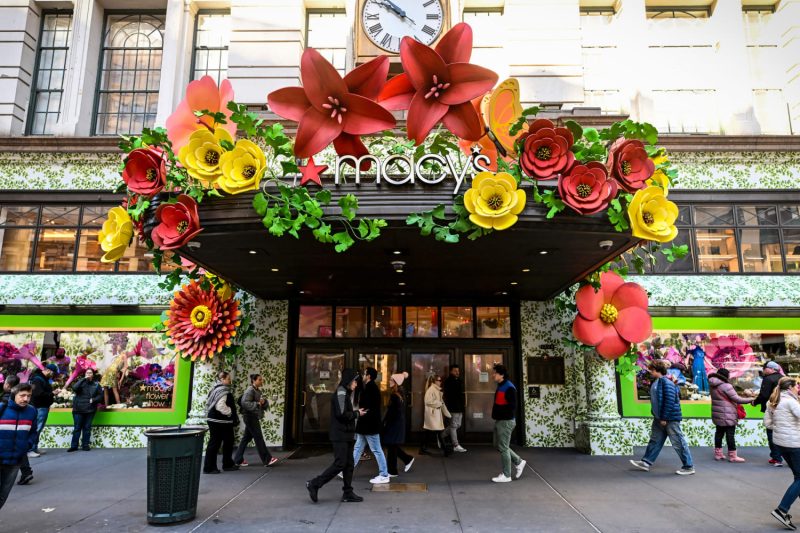Department stores have long been a staple in the retail industry, offering a wide range of products and services to cater to various consumer needs. However, as the demographic profile of their customers continues to evolve, these traditional retail giants are faced with the challenge of appealing to a younger generation of shoppers.
One key factor driving this shift is the aging population of existing department store customers. As the baby boomer generation enters retirement age, their purchasing power and shopping habits are also changing. Department stores are now targeting a younger demographic to ensure their long-term survival and growth.
To attract and retain younger shoppers, department stores are implementing a variety of strategies. One approach is to update their product offerings to align with the preferences of millennials and Gen Z consumers. This includes introducing more trendy and sustainable fashion lines, incorporating technology-driven shopping experiences, and expanding their selection of niche and independent brands.
Moreover, department stores are revamping their in-store experience to create a more engaging and interactive environment for younger shoppers. This may involve incorporating experiential elements such as pop-up events, workshops, and interactive displays to create a sense of community and connection with the brand.
In addition to physical store enhancements, department stores are also leveraging digital channels to reach younger consumers. Online shopping platforms, social media marketing, and targeted digital advertising campaigns are being utilized to engage with tech-savvy shoppers and drive online sales.
Collaborations and partnerships with popular influencers, celebrities, and social media personalities are also becoming increasingly common among department stores. By aligning with influential figures in the digital space, these retailers can tap into new consumer segments and enhance their brand visibility among younger demographics.
Furthermore, department stores are focusing on enhancing their customer service and personalized shopping experiences to cater to the preferences of younger shoppers. Adopting a customer-centric approach, these retailers are investing in training their staff to provide exceptional service and creating loyalty programs to reward repeat customers.
In conclusion, as the customer base of department stores continues to shift towards a younger demographic, these retail giants must adapt and innovate to remain competitive in the ever-evolving retail landscape. By updating their product offerings, enhancing the in-store experience, leveraging digital channels, and prioritizing customer service, department stores can successfully attract and retain younger shoppers in an increasingly competitive market.




























